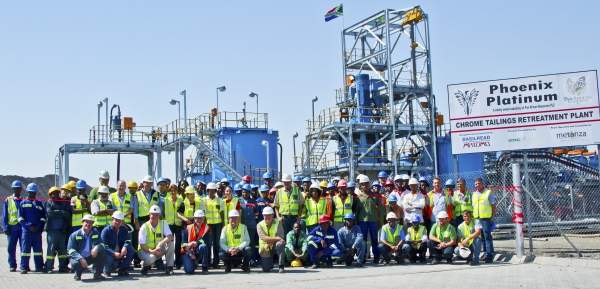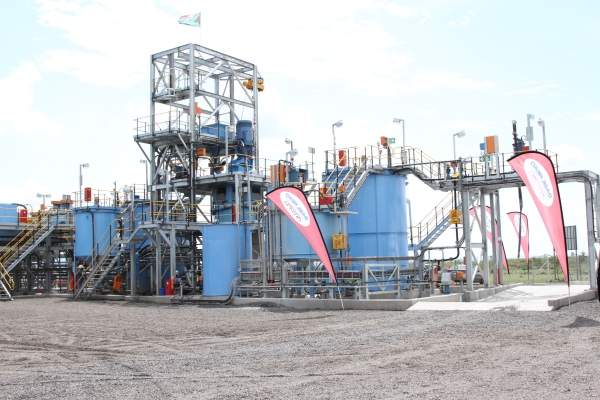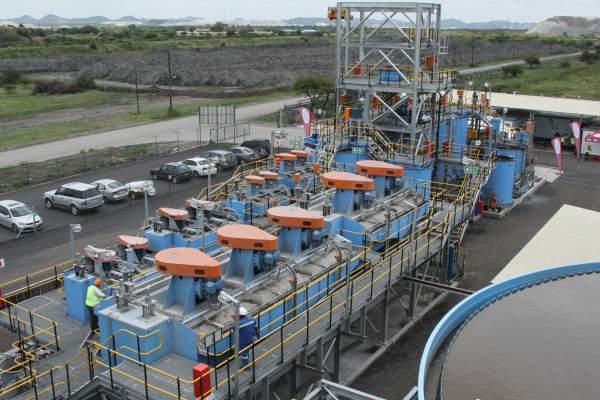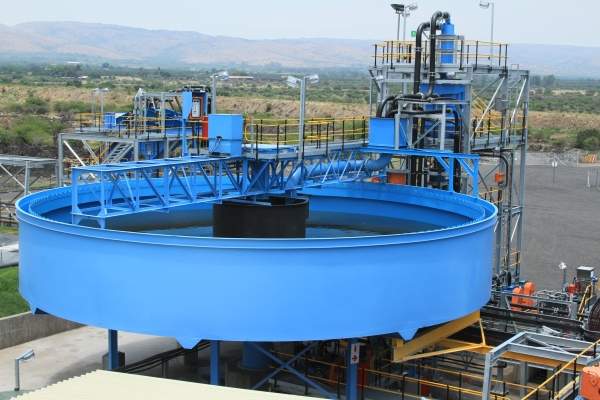Phoenix Platinum Project includes the production of platinum group metals (PGMs) from mines located in the Northwest province of South Africa. It is 100% owned and operated by Pan African Resources through its subsidiary Phoenix Platinum Mining.
The project will produce PGMs from the Buffelsfontein dams and current arisings, the Elandskraal dumps and pits and the Kroondal dump.
The Buffelsfontein dams and current arisings are owned by International Ferro Metals (IFM), the Elandskraal dumps and pits are owned by Minco Reduction Works and the Kroondal dump is owned by Phoenix Platinum Mining.
Phoenix has signed an agreement with IFM and Minco to process the tailings recovered at these mines. A new chrome tailings retreatment plant (CTRP) has been built to process the tailings and current arisings.
Phoenix signed an agreement with IFM to locate the CTRP at its Lesedi mine.
First production from the project was achieved in November 2011. The project required an investment of £8.5m. It is expected to produce 212 kilo ounces (koz) of PGM 4Es (platinum, palladium, rhodium and gold) over a period of 17 years.
Annual production from the project is estimated to be 12,200oz of PGMs. Phoenix has signed a five-year contract with Western Platinum for sale of the PGM concentration.
Geology and reserves of the area in Northwest South Africa
The project will recover PGMs from the Bushveld Complex, which is the largest igneous complex in the world. The complex holds the biggest deposits of PGMs 4Es in addition to chromium and vanadium.
It is madeup of the lower Rustenburg layered suite (RLS) containing ultramafic to mafic rocks, the Lebowa granite suite (LGS) and the Rashoop granophyre suite (RGS) containing felsic extrusive rocks.
Total proven and probable reserves of the project are estimated at 4,646kt grading at 3.65g/t. Measured resources are estimated at 3,224kt grading at 3.09%. Indicated resources are 618kt grading at 3.2% and inferred resources are 804kt grading at 3.33%.
Mineralisation, mining and processing of Pan African Resources’s project
Economic quantities of PGM 4Es and chromium occur in the RLS. Mineralisation occurs in the form of tabular reefs extending several hundred kilometres. The RLS includes three mineralised zones including lower, middle and upper groups.
PGM 4Es are majorly recovered from the upper group. They occur along with base metal such as sulphides, silicates and oxides. Mineralisation in the Phoenix project area occurs in the middle and lower groups.
The project does not require any mining activities to be carried out by Phoenix. Processing of chromite recovered from the three mines results in the production of PGM 4Es, along with unrecovered chromite which is discarded as tailings and current arisings.
The Phoenix project aims to process these tailings and current arisings to recover PGM 4Es.
The CTRP is fed with tailings from the Buffelsfontein Tailings Dams, the current arising from the Lesedi mine and old tailings from the Elandskraal dumps and pits and the Kroondal dump.
To supply the CTRP with tailings and current arisings, Phoenix is required to carry out basic mining activities. Dump and pit material is collected by excavators and hauled by dump trucks to the CTRP.
Ore processing method
The current arisings and tailings are passed through a feed thickener and then through a surge tank. The feed then goes through a bead mill where it is crushed to a fine particle size.
The crushed feed is passed through conditioning tank and to a rougher floatation tank. The feed undergoes three stages of cleaning and then sent through a concentrate thickener.
The final concentrate is transported to a platinum smelter. Any remaining tailings from the concentrate thickener are disposed of.
The CTRP is expected to achieve full production rate of 20,000t a month by the first quarter of 2012.







